Emergency hiking gear repairs you need to know – plus useful items to pack
Things don't always go as planned when you're out on the trail, so make sure you're prepared
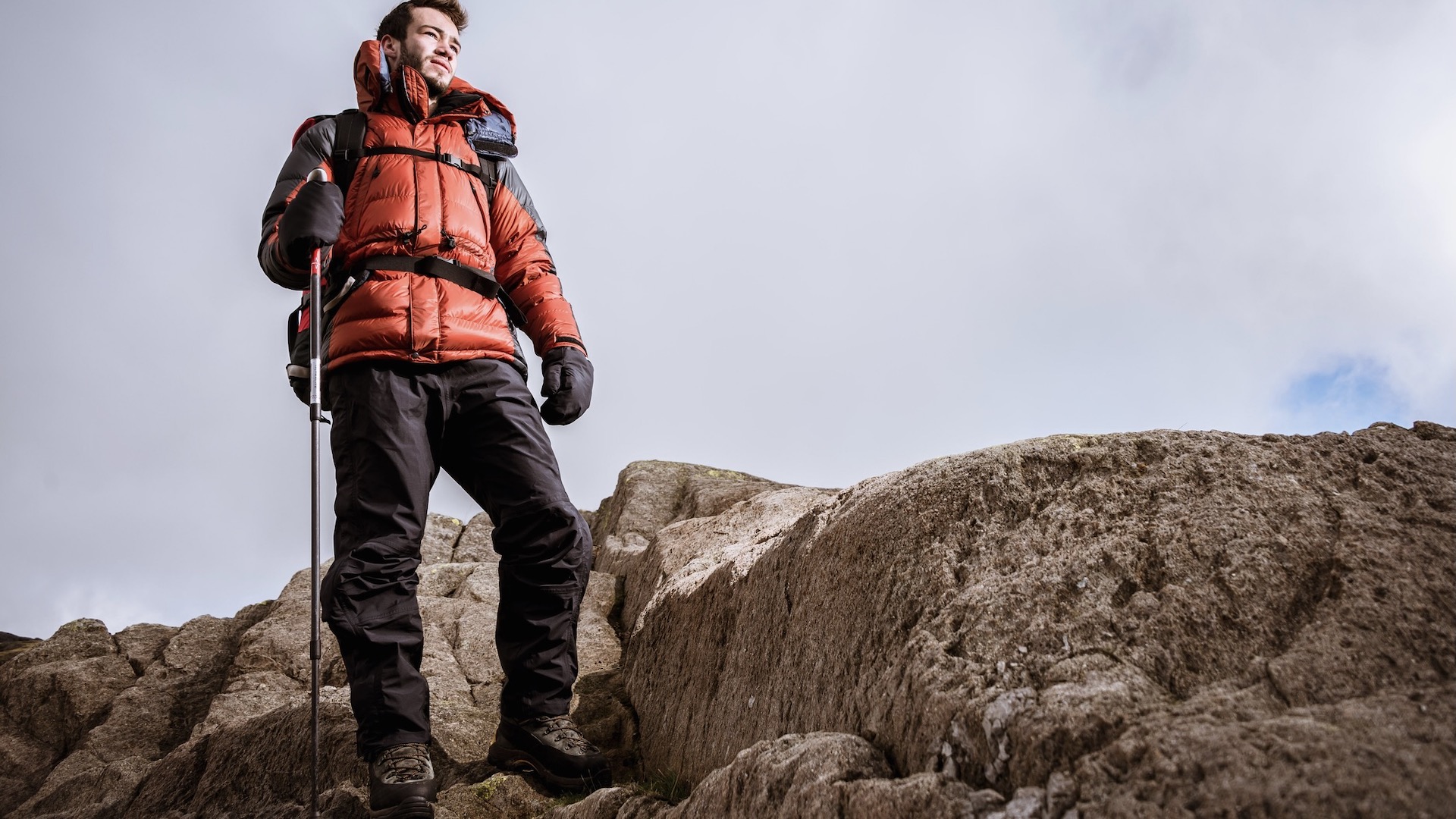
Setting out for a hike or other adventure, we all hope for a trip that goes as smooth as butter. However, there are times when things might not go well and you need to call on a few hacks to get you safely back to the trailhead, or to make a night of camping a bit more comfortable. We show you some emergency hiking gear repairs that make use of simple and easy-to- carry items.

Take a large garbage bag
Most people think of a garbage bag as a way to bring home all their waste and rubbish from a hike and certainly this is important, but did you know it could be the solution to a few emergency hiking gear issues?
For example, even the best rucksacks can fail to keep out the rain in a heavy downpour and sometimes they spring a leak due to wear or tears. You can use a garbage bag as a handy rucksack liner.
Simply line the rucksack with the bag and add all your dry kit. Or you could use the bag as a cover on top of the rucksack.
A large garbage bag also makes a great poncho if you find your waterproof jacket fails, or if you are caught out without a waterproof jacket.
Another use for a large garbage bag is as an emergency shelter. The best bag to pack is one of the stronger and thicker varieties.
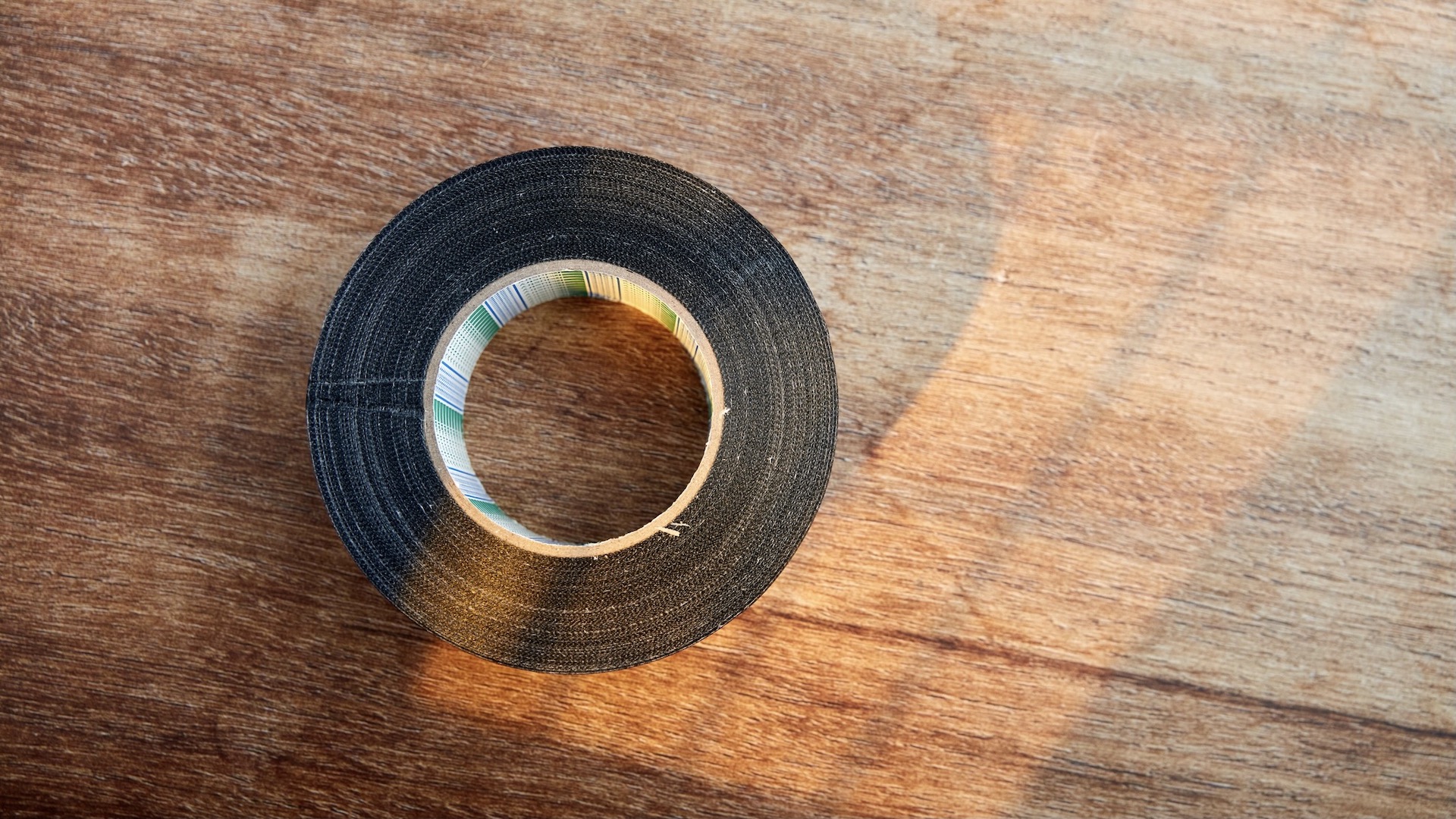
Duct tape
This product, usually reserved for DIY fixes, can be very useful for emergency hiking gear repairs. You can carry duct tape with you on a hiking trip wrapped around a water bottle or a hiking pole.
Advnture Newsletter
All the latest inspiration, tips and guides to help you plan your next Advnture!
Duct tape is useful for all kinds of repairs, such as wear and tear of fabrics, for example waterproof jackets, trousers and tents. And what if you have a puncture in your sleeping pad? Simply use the tape as a temporary patch.
If you break a hiking pole or a tent pole, you could do a rudimentary fix by wrapping tape around the broken area. For a more stable fix of a broken pole, use a couple of pieces of wood (only those you can find on the ground), to improvise a more structured and robust repair with the tape wrapped around it.
Duct tape can also be use to hold on the sole of a hiking shoe or walking boot that has come loose, or to cover a hole in worn or torn footwear.
Duct tape is useful, too, for fixing cracked water bottles and damaged bladder hoses.
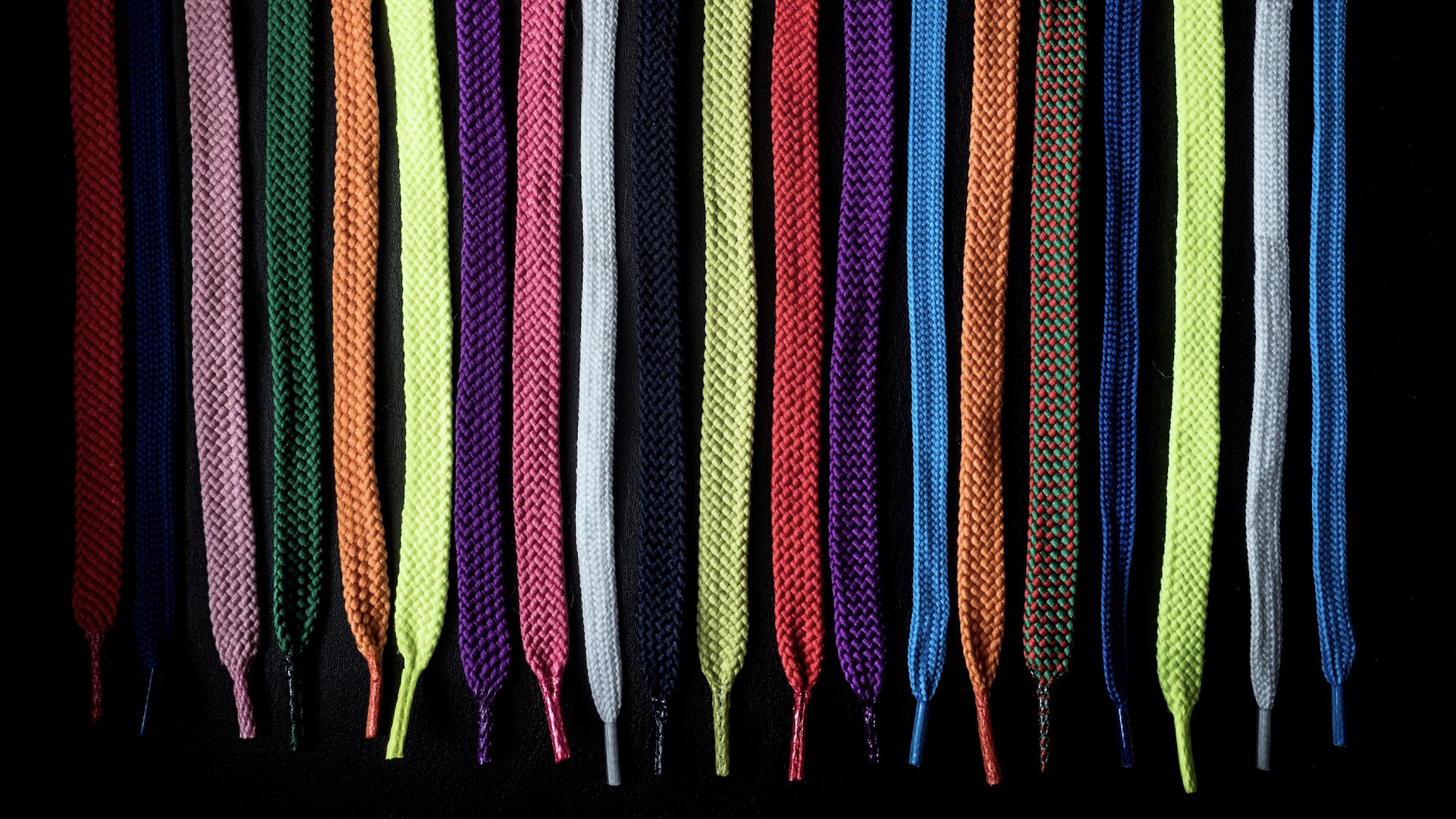
Nylon cord or shoe laces
Taking a spare shoe lace, whether a traditional lace or elastic running shoe lace, or a length of nylon cord could help if you have other emergency hiking gear repairs to make. For example, if you have a broken shoe or boot lace, it’s simple enough to fix with spare cord.
A length of cord will help if a fastener breaks on your rucksack. You could use a length of cord to carry wet items on the outside of your pack, too, instead of placing inside and making everything else wet.
A length of cord makes a good substitute as a broken trouser belt, too.
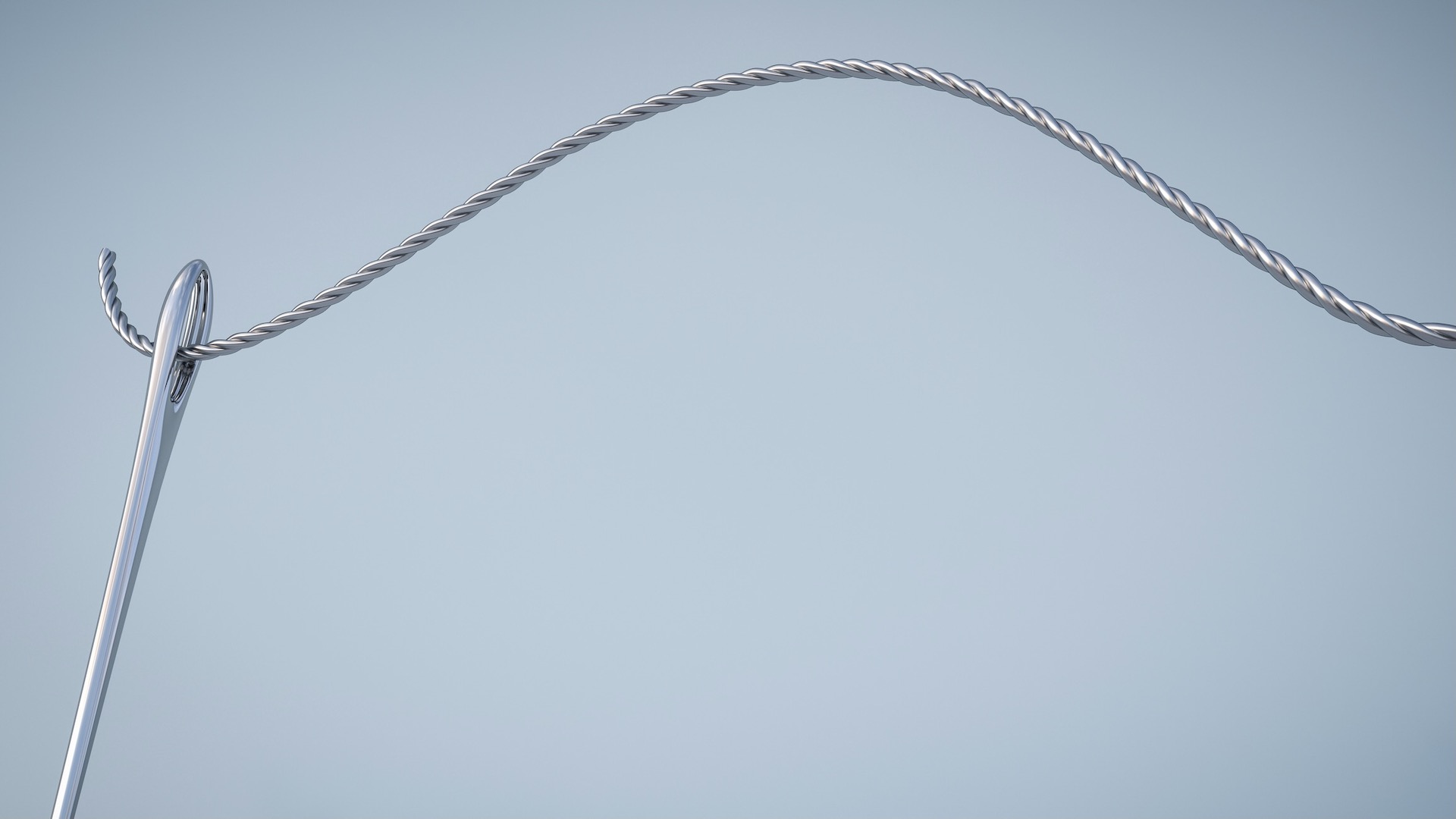
Sewing kit
A small needle and thread will not take up much space in your hiking rucksack but could be essential for repairs. If you suffer a tear in a tent, tarp or your clothing, you have the means to easily repair the issue.
Make sure the needle is strong and has a large enough eye to accommodate thick thread, or even nylon thread for a more robust repair.
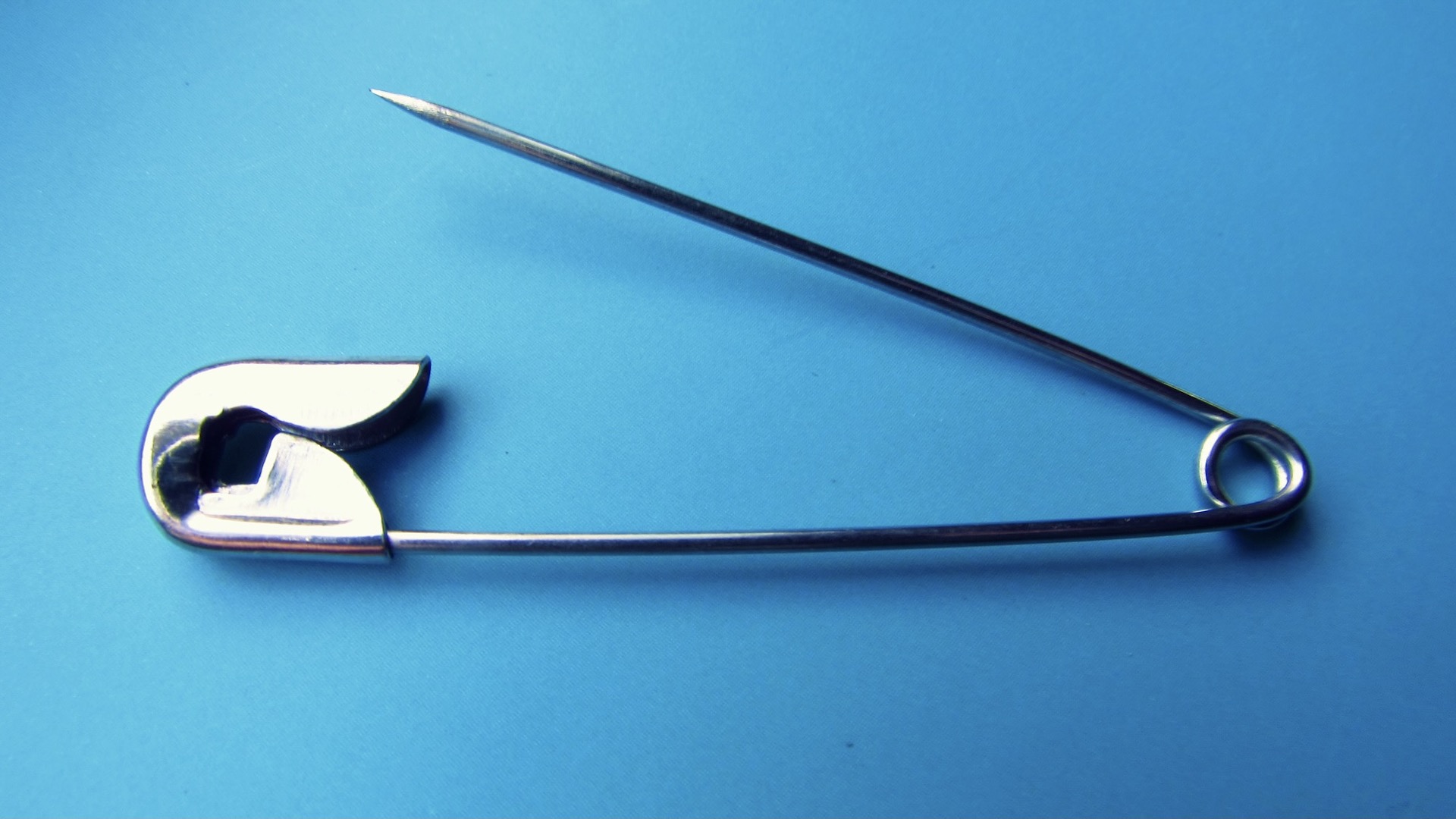
Safety pin
A few safety pins could prove to be the difference between a jacket that you can do up and one that stays open because of a broken zip. There are many uses of a safety pin for hiking kit repairs and they do not take up much space, not weigh very much.
Super glue
A small tube of superglue takes up little space in your pack and can be useful for quick but long lasting repairs. It dries hard and is great for bonding plastic, fabrics, rubber and leather. The surface does need to be dry though for emergency hiking gear repairs.
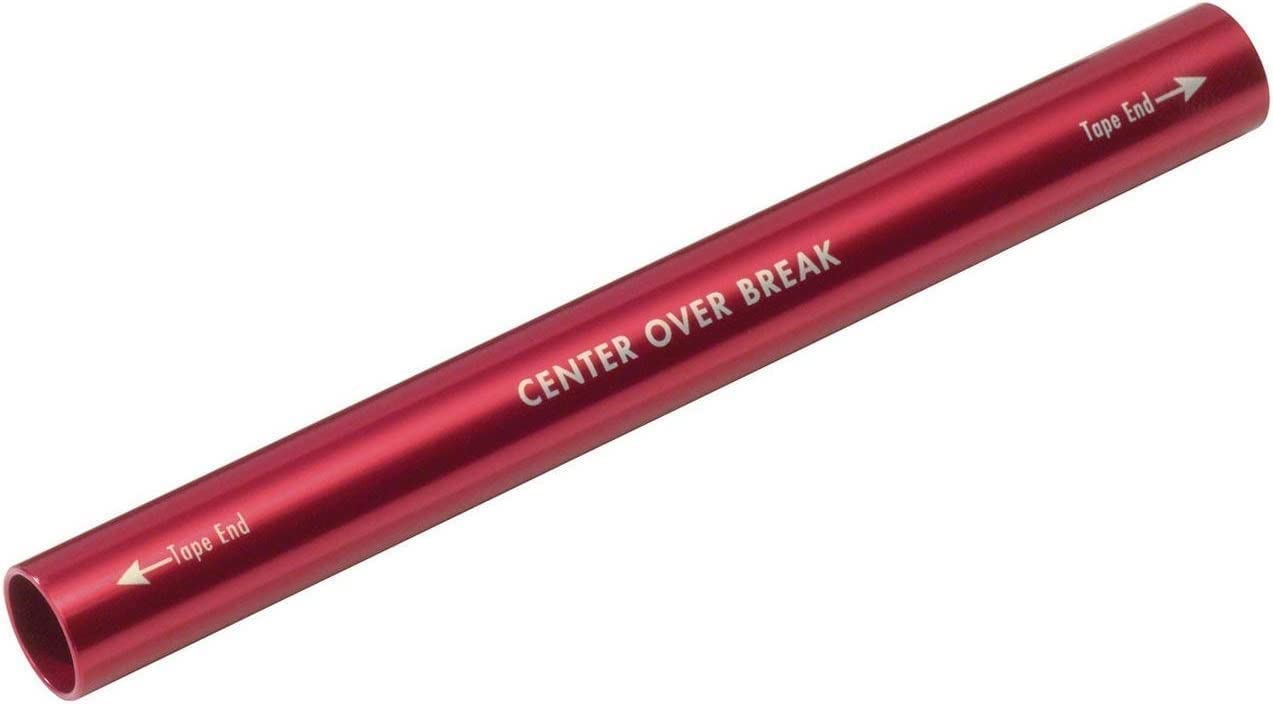
Tent pole sleeve
Although a tent pole sleeve really has only one use, it’s not big or bulky and could be a major saviour. The sleeve repairs a bent or broken pole.
Phone apps
There are a range of useful apps if you end up in an emergency while hiking. For example. If you lose your compass or it fails to work properly, a compass app on your phone will enable you to work out the right direction, even it is not as useful as taking a compass bearing from a map.
An app that tells you your exact co-ordinates will be vital if you end up in a serious emergency situation and require to be rescued.
There are also plenty of map apps that can help you to work out where you re and navigate back to a trail or trailhead.
While these apps are not a repair for broken kit, they are a useful emergency measure if you get into difficulty while hiking.
Most phones also have a useful torchlight if you hiking lamp fails.
Trekking poles
Many people walk with trekking poles. These can come in handy as a makeshift replacement if you end up with a broken tent pole.
You could also combine a hiking pole and large garbage bag as a temporary shelter if the weather turns nasty.

Tumble drier lint
All tumble driers create lint. This is the fluff made by fibres shed from clothes when they dry. You could make use of some of this lint as a quick firefighter.
Place some lint in a waterproof container or bag and pop it in your hiking rucksack.
The lint is very flammable and even when conditions are wet it only ends a small spark to light. This could be useful if you are caught in an emergency and need heat or light.
Do make sure you heed warnings about fire lighting and do not start a fire irresponsibly.
Cotton handkerchief
Hopefully, you’ll be carrying enough water, or a lightweight water filter, but if you are in an emergency and need to clean captured water of sediment so you can drink it, a hanky can help. You simply filter water through the hanky. It won’t remove bacteria but it will keep out its of debris.
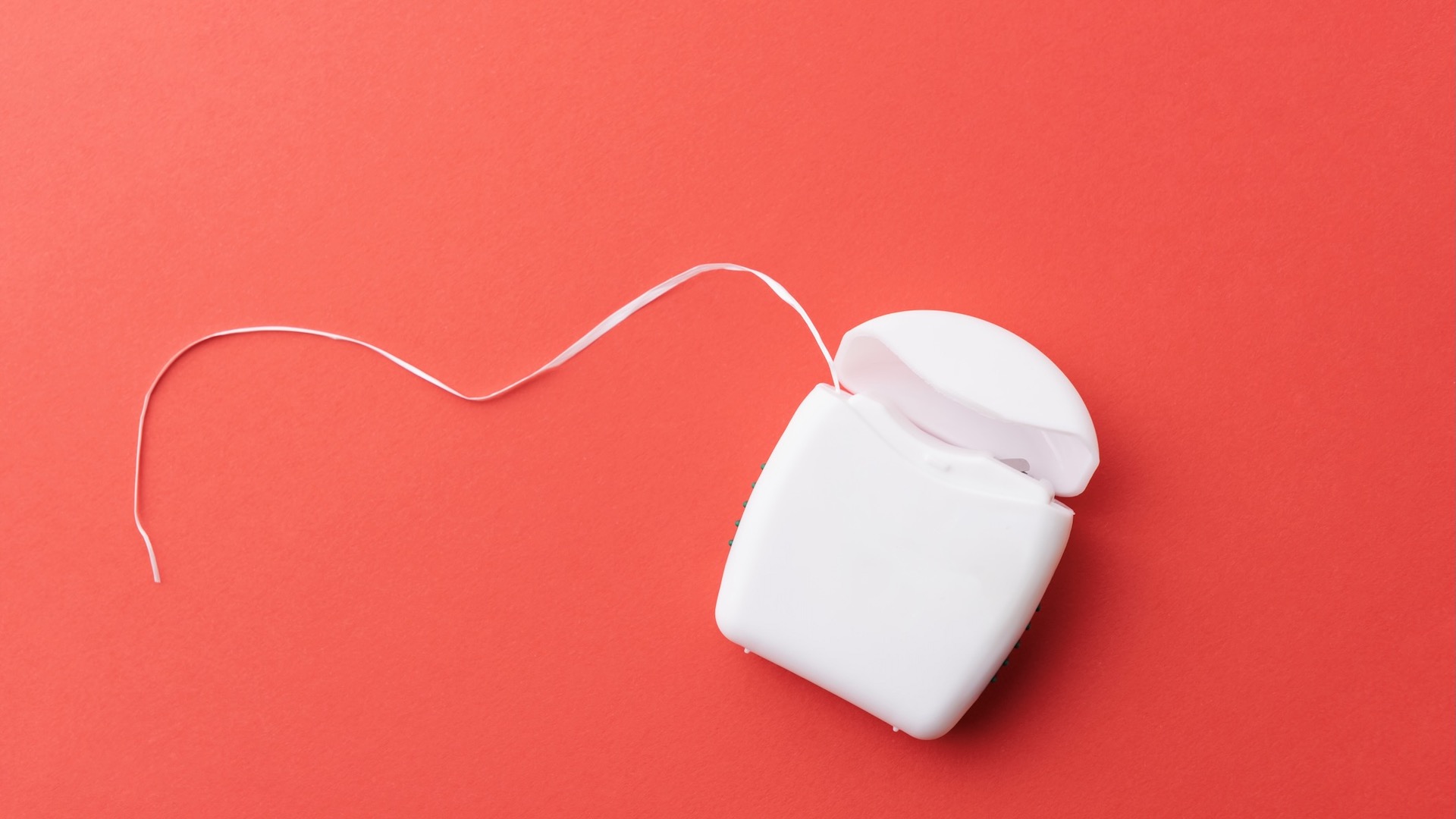
Dental floss
Dental floss could be used as a form of nylon thread if you have a sewing needle with you. Or you can use the strong, thin cord to make other repairs, such as broken shoe laces or a broken rucksack strap.
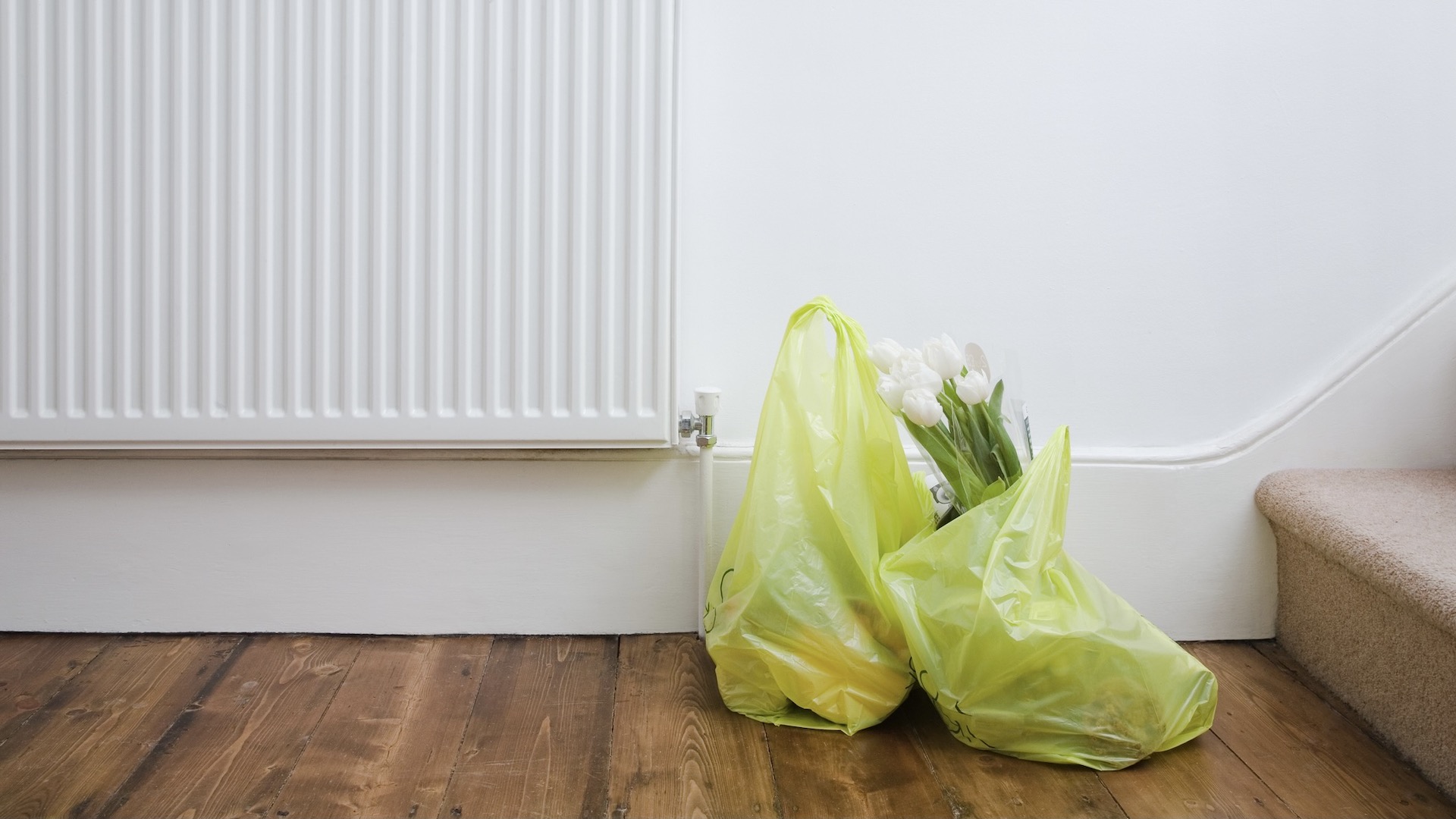
Plastic shopping bags
If you end up with unexpectedly wet feet yet you have dry socks with you, two simple shopping bags can be very useful. Place a bag over your foot, while wearing the dry socks, then place your socked foot inside wet boots. The plastic creates a dry layer.
The bags could also be useful as basic dry bags if you are caught in the rain without a waterproof rucksack or waterproof rucksack cover.
Aim to reuse old plastic shopping bags.
- Best hiking boots: tested and rated on tough trails

Fiona Russell is a widely published adventure journalist and blogger, better known as Fiona Outdoors. She is based in Scotland and is an all-round outdoors enthusiast with favorite activities including trail running, mountain walking, mountain biking, road cycling, triathlon and skiing (both downhill and backcountry). Aside from her own adventures, Fiona's biggest aim is to inspire others to enjoy getting outside and exploring, especially through her writing. She is also rarely seen without a running skort! Find out more at Fiona Outdoors.
